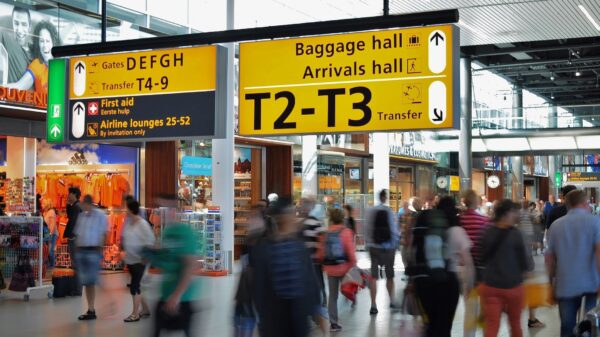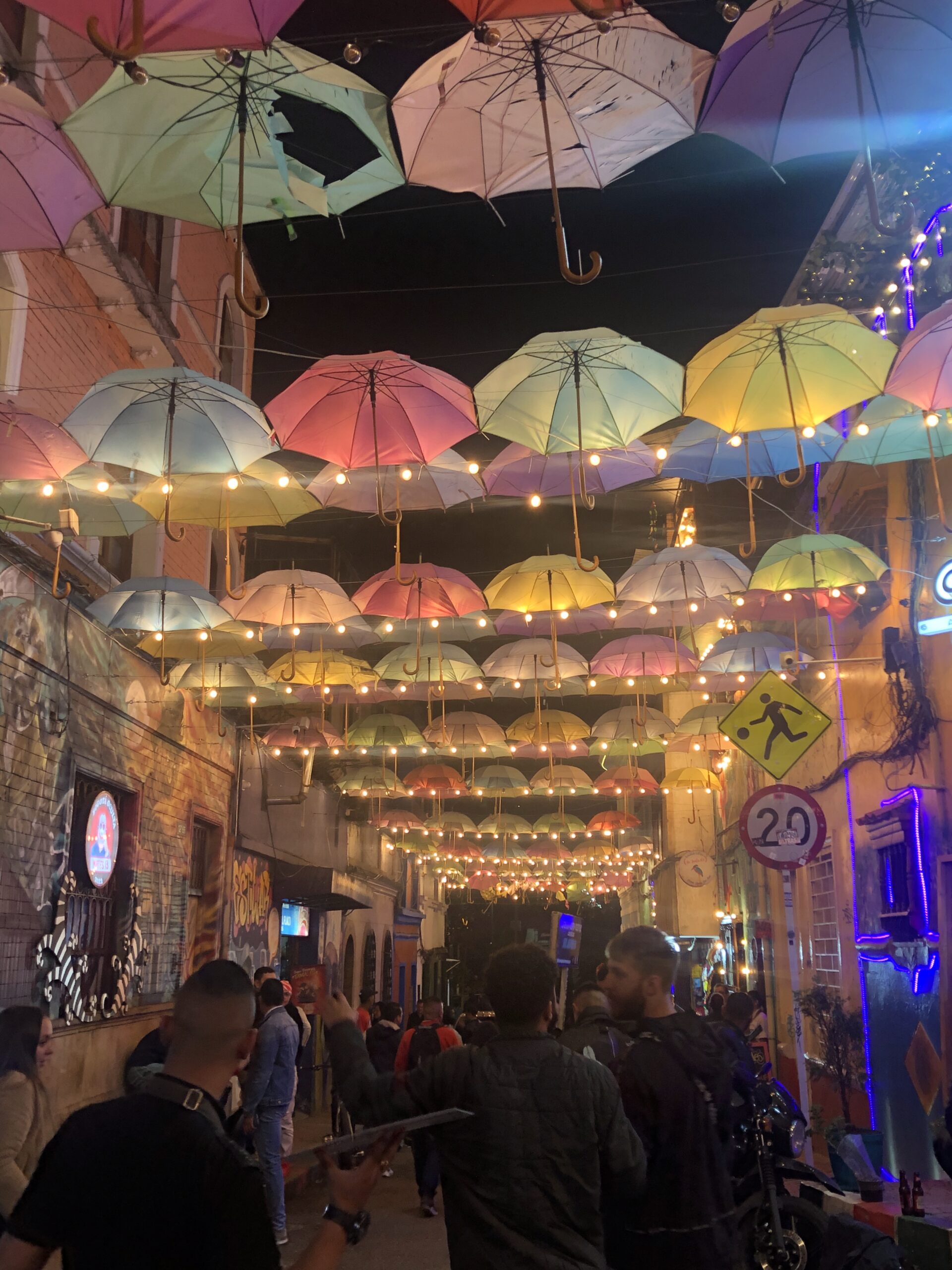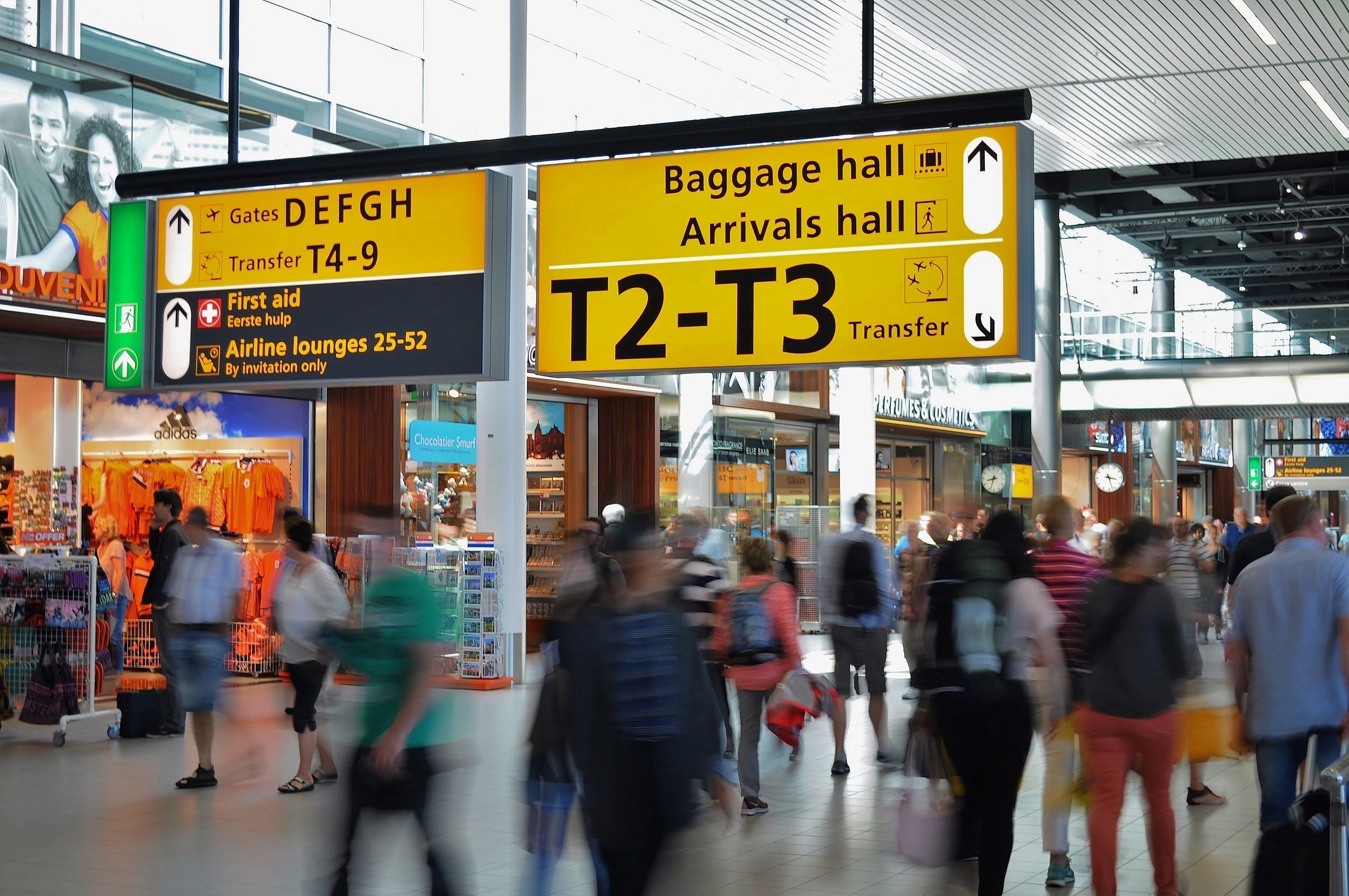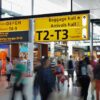The Transportation Security Administration has begun implementing a significant technological upgrade across America’s airports, deploying hundreds of Camera-Equipped Credential Authentication Technology (CAT-2) units at security checkpoints nationwide. The advanced verification systems, which are already operational at Pennsylvania’s Lehigh Valley International Airport, allow travelers to move through security without presenting boarding passes while simultaneously enhancing identity verification processes. The technology works by capturing real-time images of passengers and comparing them against the photo identification documents they present, creating a more streamlined experience while bolstering security measures.
Security experts point to the impressive capabilities of the CAT-2 system, which can authenticate over 2,500 different types of identification documents including passports, driver’s licenses, and military IDs. “This represents a significant advancement in our ability to detect fraudulent documents while ensuring REAL ID compliance,” noted a TSA representative in a recent press briefing. With more than 800 units already deployed at checkpoints across the country, the technology is rapidly becoming the new standard in airport security screening. The system’s primary benefit lies in its dual ability to enhance security through more accurate identification verification while simultaneously reducing passenger wait times at checkpoints.
Despite the efficiency gains, the TSA has implemented options for travelers concerned about facial recognition technology. Passengers who prefer not to participate in the biometric screening process may request an alternative verification method from TSA personnel. While the new system eliminates the need to present boarding passes at security checkpoints, travelers should note that these documents will still be required at boarding gates. The technology represents part of a broader shift toward biometric verification in travel security, balancing enhanced security protocols with passenger convenience in an increasingly digital travel landscape






































